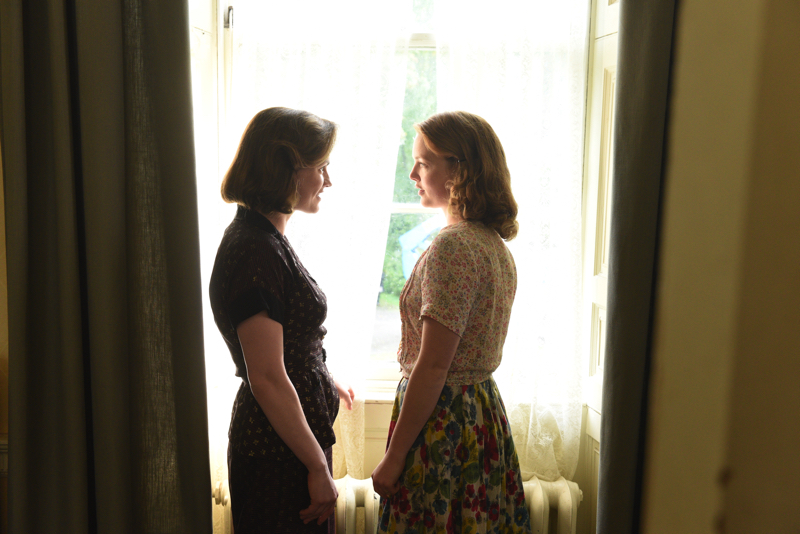
Dir.: Annabel Jankel; Cast: Anna Paquin, Holiday Grainger, Gregor Selkirk, Emun Elliot, Steven Robertson, Kate Dickie, Lauren Lyle; UK 2018, 105 min.
Annabel Jankel’s literary adaptation of a popular fifties novel is strong on historical detail but much weaker on cinematographic potency, coming across as a rather tame affair, but enjoyable nonetheless.
Jankel (Live From Abbey Road) and her scriptwriters Jessica and Annabel Ashworth (Killing Eve) have already worked together in TV: Tell It To the Bees makes ideal family viewing and marks Flare Festival’s mature progression into programming decent drama for a sexually inclusive audience, not just a LGBTQ one.
When Dr. Jean Markham (Ana Paquin) comes home to small-town Scotland to take over her late father’s surgery, she is greeted with mixed feelings. As a teenager she had caused a bit of a scandal with her ‘inappropriate’ behaviour. But she settlers down striking up a friendship with Lydia (Grainger) a young mother of who husband Robert (Elliot), has gone off with another woman. Lydia’s wages in the local mill are not enough to even pay the rent, and when her son Charlie (Selkirk) becomes the victim of bullying at school, Dr Markham offers them board and very soon, a great deal more. Elsewhere, the town’s gossip monger Pam Krammer (Dickie), subjects her daughter Annie Lyle) to a botched abortion rather than bear the child of her black boyfriend, George. Meanwhile, Robert has become violent towards Lydia, and so Charlie is forced to come to her rescue. A muddled finale on the station platform accompanied by grown-up Charlie’s voice-over commentary is symbolic of this rather cack-handed adaption of its much superior novel. It feels like Jankel is aiming for the stoic fatalism of the adult voice-over in Joseph Loosey’s Palme d’Or winner The Go Between. But it doesn’t quite come off: Jankel is no Loosey, her story-telling is dictated by a TV norm. feeding the viewer impressive snippets, while losing a conceptual frame work.
DoP Bartosz Nalazek emerges with some credit: his images, shot from Charlie’s POV, show A boy being overwhelmed by adults. And the magic realism in the form of the bees, come across as artificial and unconvincing. There is no passion in this postwar village, just a rather limp romantic longing. AS
NOW ON GENERAL RELEASE